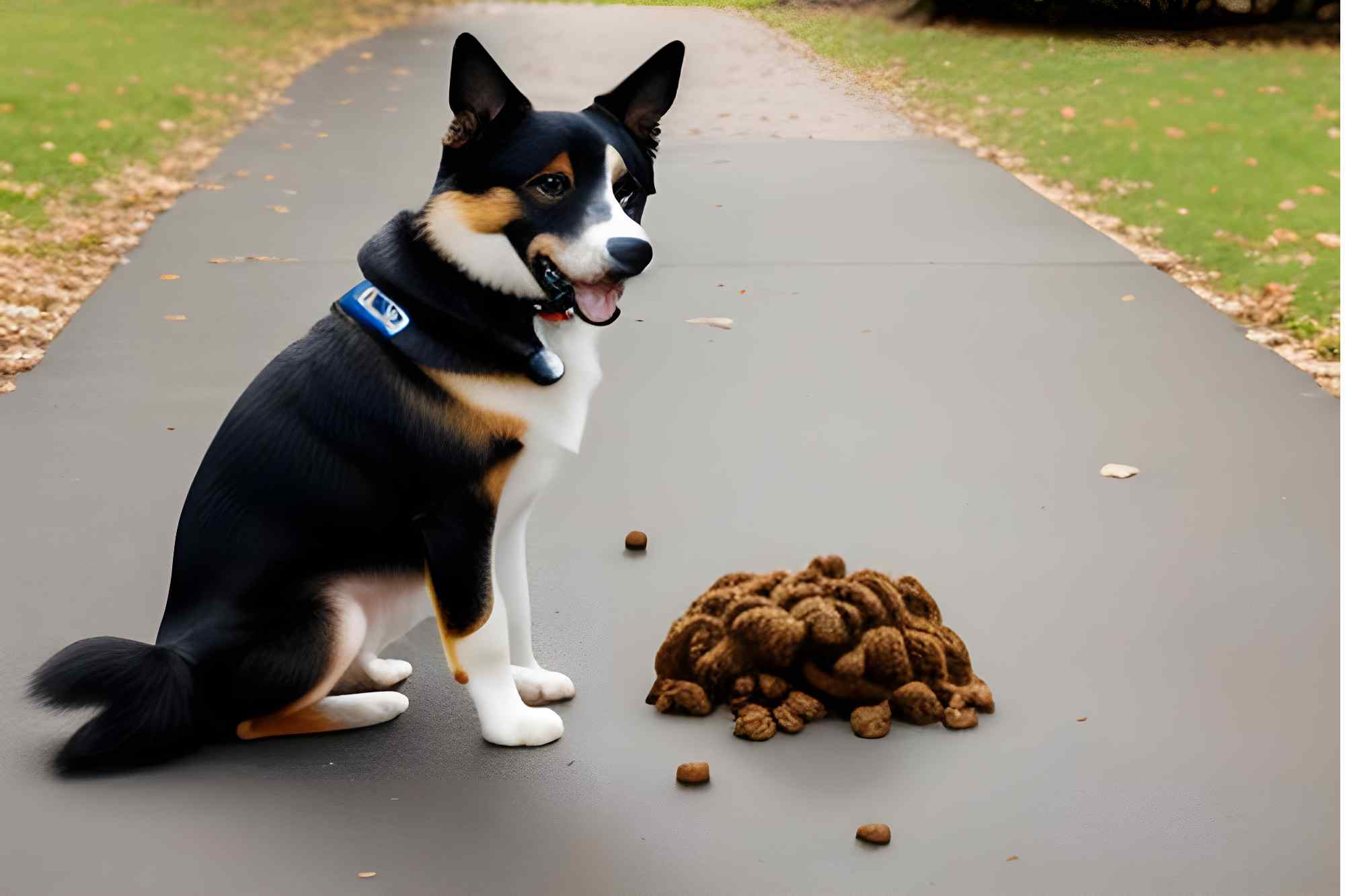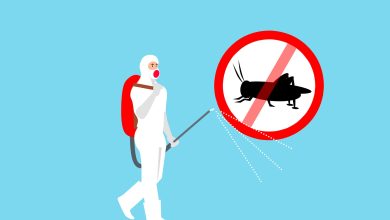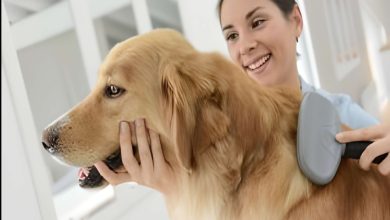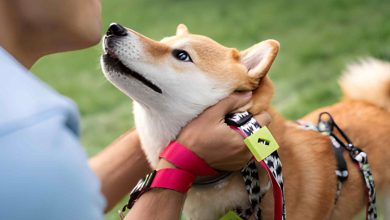As pet owners, it’s crucial to recognize the environmental impact of dog poop and take proactive steps to minimize it. The use of a Pooper Scooper Service can significantly aid in this effort by ensuring proper disposal of pet waste in an eco-friendly manner.
In this exploration of environmental responsibility, we’ll delve into the factors contributing to the environmental impact of dog poop and discuss effective strategies for reducing it. Join us as we uncover the importance of minimizing the environmental footprint of pet waste and the role that services play in promoting sustainable practices for pet owners.
Table of Contents
Importance of Addressing Dog Waste
Dog waste contains harmful bacteria and parasites that can pose serious health risks not only to humans but also to other animals. Furthermore, when dog waste is left unattended, it can contaminate water sources, contribute to the spread of diseases, and negatively impact local ecosystems.
By responsibly disposing of dog waste and encouraging proper waste management practices, we can minimize the environmental impact and ensure a safer and more sustainable community for everyone. It is our collective responsibility to address this issue and promote a cleaner and healthier environment for both humans and animals alike.
Harmful Effects on Environment
When dog poop is left on the ground or not properly disposed of, it can wash into storm drains and eventually make its way into rivers, lakes, and other water bodies. The bacteria and parasites present in dog waste can contaminate these water sources, posing a threat to aquatic life and potentially affecting the quality of the water we rely on for drinking, swimming, and recreational activities.
Additionally, the decomposition of dog waste releases harmful pollutants such as nitrogen and phosphorus, which can contribute to water pollution and the growth of harmful algae blooms. These environmental impacts highlight the importance of responsible dog waste management to minimize contamination and protect our ecosystems. By diligently cleaning up after our dogs and utilizing designated waste disposal methods, we can help preserve the integrity of our environment and safeguard its natural resources for future generations.
Responsible Disposal Methods for Waste
To ensure responsible disposal of dog waste and minimize its environmental impact, it is essential to adopt proper waste management practices. One effective method is to use biodegradable dog waste bags when picking up after our furry companions. These bags are specifically designed to break down over time, reducing the amount of plastic waste in landfills.
Additionally, utilizing designated dog waste bins or waste disposal stations can help centralize the collection of dog waste and prevent it from ending up in water bodies or contaminating public spaces. It is important to follow local regulations and guidelines when disposing of dog waste, as some areas may have specific requirements for its disposal. By incorporating these responsible disposal methods into our daily routine, we can play a part in minimizing the environmental impact of dog waste and contribute to the preservation of our ecosystems.
Biodegradable Poop Bags as Alternative
Biodegradable poop bags have emerged as a promising alternative to traditional plastic bags. These bags are made from materials that are designed to break down naturally over time, reducing their impact on the environment. By using biodegradable poop bags, dog owners can contribute to the reduction of plastic waste in landfills and minimize the potential for pollution in our ecosystems. These bags offer a convenient and responsible solution for pet owners who are committed to making environmentally conscious choices.
Impact on Local Water Sources
When dog waste is left on sidewalks, streets, or lawns, rainwater can easily wash it into storm drains, which eventually lead to local waterways such as rivers, lakes, and streams. The waste contains harmful bacteria, viruses, and parasites that can contaminate these water sources, making them unsafe for swimming, fishing, and other recreational activities.
Additionally, the nutrients present in dog waste, such as nitrogen and phosphorus, can contribute to the growth of harmful algae blooms, depleting oxygen levels in the water and harming aquatic life. It is crucial for pet owners to properly dispose of dog waste in designated areas or through appropriate waste management systems to protect the quality of our local water sources and preserve the integrity of our ecosystems.
Proper Disposal in Urban Areas
One effective method is to use designated pet waste stations, where pet owners can easily dispose of their dog’s waste in a sanitary manner. These stations are equipped with waste bags and disposal bins, providing a convenient and responsible way to handle dog waste while on walks or in public spaces.
Additionally, it is important for pet owners to carry their own waste bags when walking their dogs and promptly pick up any waste left behind. By taking these simple actions, pet owners can contribute to a cleaner and healthier urban environment, reducing the risk of contamination and ensuring the well-being of both the community and the ecosystem.
Health Hazards for Humans and Animals
Dog feces can contain harmful bacteria and parasites, such as E. coli, salmonella, and roundworms, which can be transmitted to humans and other animals. These pathogens can cause a range of illnesses, including gastrointestinal infections, respiratory problems, and even skin infections.
In addition to direct contact, contaminated dog waste can also leach into the soil and water sources, contaminating the environment and posing a risk to wildlife and aquatic organisms. It is crucial for pet owners to understand the potential health risks associated with improper disposal of dog waste and to take appropriate measures to minimize these hazards. By adopting responsible waste management practices, such as proper bagging and disposal, pet owners can help protect the health and well-being of both humans and animals, as well as preserve the integrity of the environment.
Steps to Reduce Environmental Impact
To minimize the environmental impact of dog waste, pet owners can take proactive steps to ensure responsible waste management. Firstly, always carry waste bags during walks or outings with your dog. This small action allows for immediate and proper disposal of the waste.
Remember to use biodegradable bags, as they help reduce the overall environmental impact. Once the waste is collected, it should be sealed tightly in the bag to prevent any leakage or odor.
Secondly, dispose of the waste in designated waste bins or containers specifically designed for dog waste. These bins are often available in parks, trails, or pet-friendly areas. Avoid disposing of dog waste in regular trash cans or compost bins, as it can contaminate other waste streams.
Lastly, consider exploring alternative waste disposal methods such as composting. Composting dog waste involves using specific composting systems that operate at high temperatures to break down the waste effectively. This eco-friendly approach can help reduce the amount of waste sent to landfills.
By following these steps, pet owners can contribute to the reduction of environmental impact caused by dog waste and promote a cleaner, healthier environment for all.
Conclusion
It is important for dog owners to understand the environmental impact of their pet’s waste and take steps to minimize it. By choosing biodegradable bags and properly disposing of them, using designated dog waste bins, and encouraging others to do the same, we can all play a part in preserving the environment for future generations. Let’s work together to keep our communities clean and safe for both humans and animals alike.
Please explore our site for more exciting content if you like this article.





